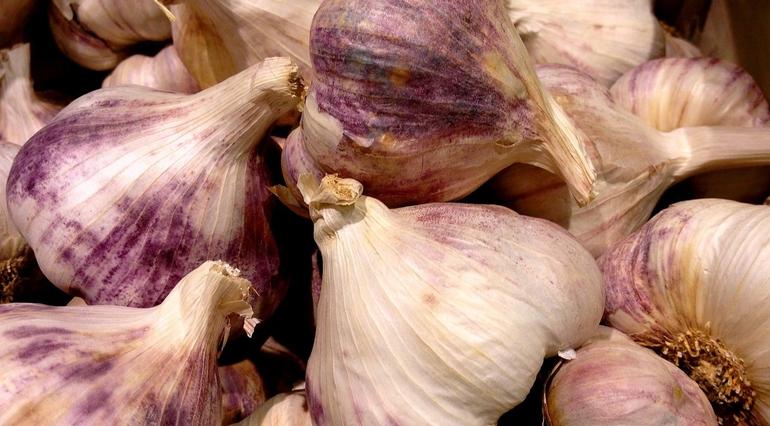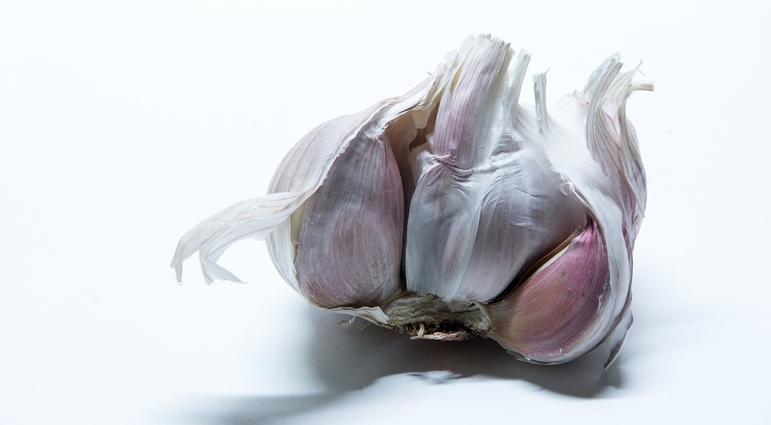Growing Garlic Made Easy

It’s that time of year again to start thinking about planting garlic! Not only is garlic a staple in my kitchen, but growing your own also ensures you have access to fresh, flavorful bulbs year-round. It’s fun and surprisingly easy to grow, making it a perfect addition to any garden, big or small.
Why Grow Your Own Garlic?
Growing garlic at home isn’t just about convenience—it’s about flavor. Homegrown garlic offers a depth of taste that you won’t find in most store-bought options. Plus, certain varieties aren’t always available at your local grocery store, so planting your own means you get to enjoy unique flavors. Another perk? Garlic is a natural pest repellent, helping keep your garden healthy and thriving.
Varieties Available at Ebert’s Greenhouse
At Ebert’s Greenhouse, we carry several garlic varieties known for their robust flavor and ease of growing, including:
- Montana Giant Hardneck
- Persian Star Hardneck
- Amish Rocambole Hardneck
- Korean Red (Wisconsin) Hardneck
- Chesnok Red (Purple Stripe) Hardneck
- German Extra Hardy Hardneck
- Asian Tempest Hardneck
- Georgian Crystal Hardneck
Each variety has its own distinctive characteristics. For instance, Amish Rocambole is known for its rich flavor, perfect for roasting, while Chesnok Red is prized for its sweet taste when cooked.
When and How to Plant Garlic
Garlic should be planted in the fall, usually around late October, once the soil has cooled down. Here’s a simple step-by-step guide to ensure success:
-
Prepare the soil – Mix in organic matter like leaf compost, Purple Cow, or composted manure. Garlic thrives in well-drained, fertile soil.
-
Break and plant cloves – Break the garlic bulb into individual cloves. Be sure to plant each clove with the pointy side up, several inches deep, spaced about 6 inches apart.
-
Mulch generously – Cover the planting area with a thick layer (6-8 inches) of straw or marsh hay. This will insulate the garlic during winter and suppress weeds.
-
Feeding your garlic – Add kelp meal to the soil when you plant. Once the ground thaws in spring, apply an organic, slow-release fertilizer such as Tomato & Vegetable Food by True Organics to give your garlic a healthy boost.
Growing and Harvesting Garlic
As garlic grows, mulch helps keep weeds at bay. However, you’ll still need to pull any that sneak through. Garlic plants will send up flower stalks, known as "scapes." Be sure to cut these scapes to redirect energy into the bulbs, except for one. This remaining scape will act as your indicator—when it straightens from its curl, your garlic is nearing harvest time, usually in late July or early August.
Harvesting and Curing Garlic
Once the garlic is ready, carefully dig up the bulbs and lay them in a single layer in a dry, shaded area for curing. After a couple of weeks, when the outer layers are dry, cut the stems down to about six inches and store the bulbs in a cool, dark place. A basement or a pantry is perfect for long-term storage. If you’re concerned about moisture, use a dehumidifier to ensure proper curing.
Enjoy Your Homegrown Garlic!
With proper storage, your homegrown garlic can last for months, giving you flavorful bulbs to enjoy throughout the year. Whether you’re roasting, sautéing, or adding raw garlic to dressings, nothing beats the taste of fresh, homegrown garlic. Happy planting!
